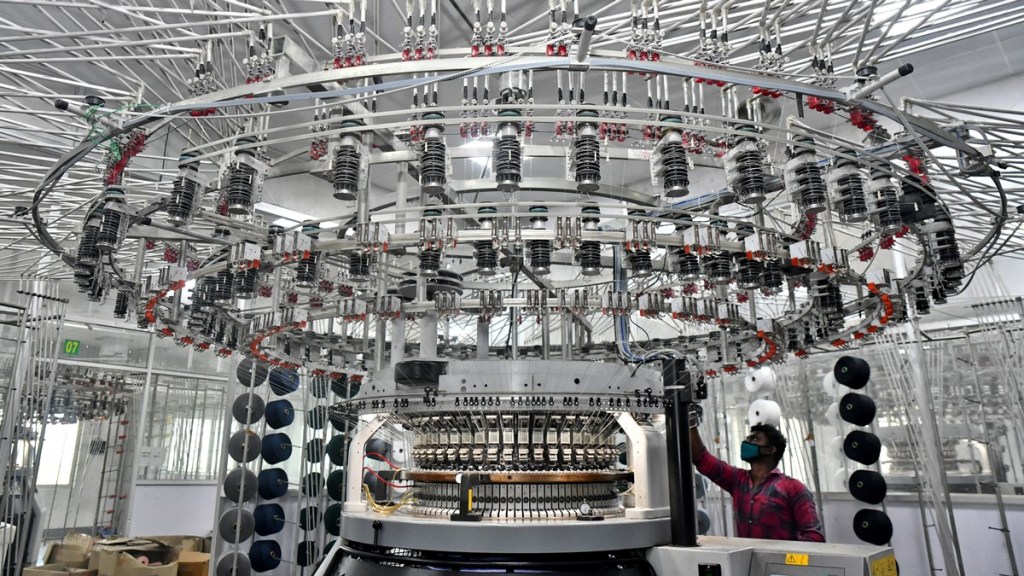The ministry of electronics and information technology (MeitY) will come out with a new production-linked incentive scheme for component manufacturing after the elections.
As a result, the current Rs 3,285-crore scheme for promotion of manufacturing of electronic components and semiconductors (SPECS), which came to an end on Sunday, will not be renewed.
Officials said that while no fresh applications will be accepted under SPECS, disbursement of incentives for the companies which were selected will continue.
The new component scheme, which will be announced after a new government assumes office, will be designed like other PLI schemes where incentives will be given on achieving the laid down incremental production and sales target. Officials said the list of components which will figure in the PLI, is being identified.
The government has already started discussion with industry stakeholders to discuss the contours of the new PLI scheme, where the focus would be to increase domestic value addition as electronics exports rise.
The SPECS scheme, which comes to an end, was launched in 2020 for a period of three years and was extended till March 31, 2024. It offers a financial incentive of 25% of capital expenditure for the manufacturing of goods such as discrete semiconductor devices including transistors and diodes; USB/data cables, HDMI cables, sensors, transducers, actuators and crystals for electronic applications, and printed circuit boards (PCBs).
The government has received applications from 42 companies under the SPECS scheme, with proposed investment of Rs 11,690 crore. The committed incentive from the government comes to Rs 1,612 crore. As of February end, the government has disbursed Rs 378.37 crore to the applicants.
Issues cited by industry stakeholders with regard to the SPECS scheme was achieving the necessary scale as all capital goods, active and passive electronic components, such as resistors, capacitors, ferrites, diodes, as well as semiconductor wafers and integrated chips (ICs), are bundled together. This was leading to a ‘one size fits all’ approach.
Electronic components, especially passive ones, fall into different categories with varying financial requirements, magnitudes, sizes, valuations, employee requirements, and production techniques, industry told the government.
“Electronic component base is getting developed in the country. In the coming 3-4 years we will have a similar situation like mobile phones. Like we have become a mobile exporter, we will become component exporter as well,” communications and IT minister Ashwini Vaishnaw had said in a recent media interaction.
The internal thinking within the government is to make India both a product nation as well as a component-producing destination. For that, it has looped in several industry executives including Ajai Chowdhry, co-founder of HCL; Sanjay Nayak, former CEO of Tejas Networks; Sunil Vachani, chairman of Dixon Technologies, among others, to lay a roadmap for component manufacturing in India.
“We are looking to work towards two aspects – one is on designing products in India, owning the IP (intellectual property) in India…and the second is to increase the number of components, which will get manufactured in India,” MeitY secretary S Krishnan said last month.
The government has set a target of achieving $300 billion in electronics manufacturing production by 2025-2026, from $102 billion in FY23.


